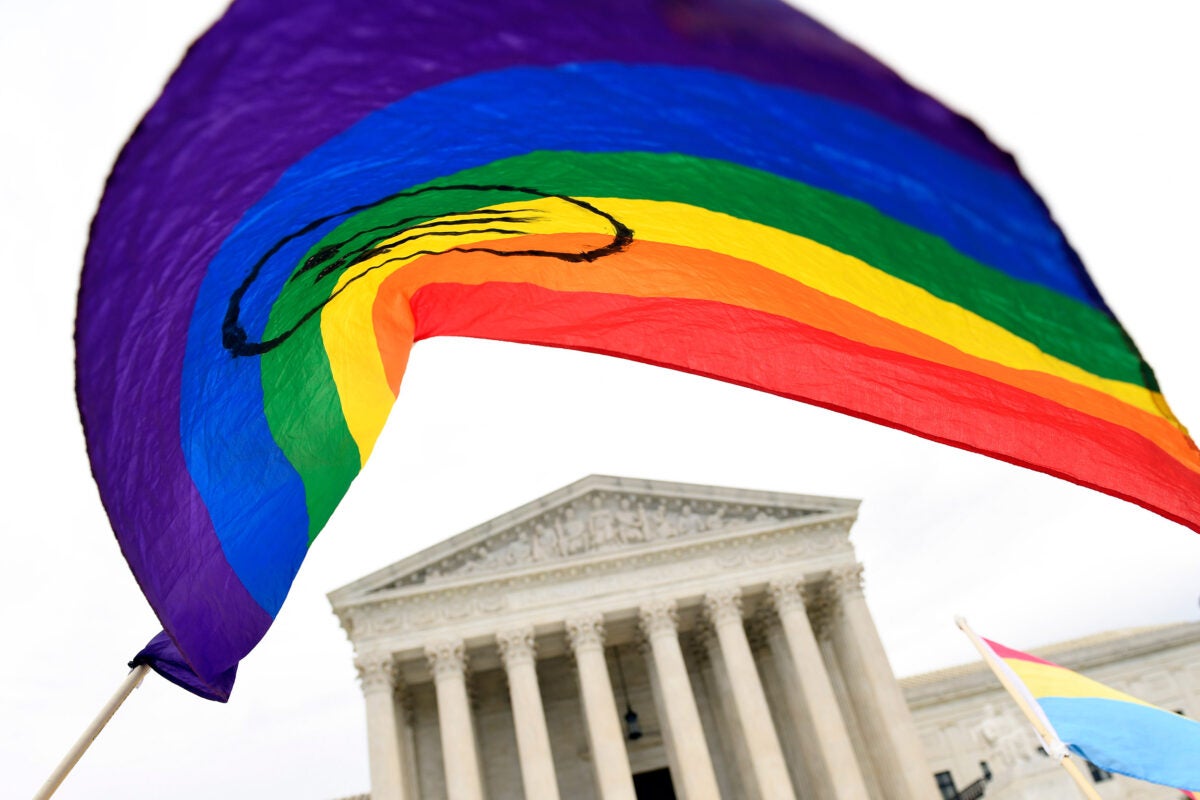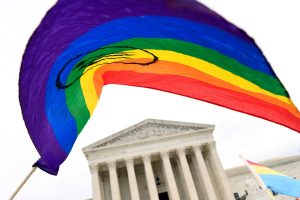US president Donald Trump has brought the discussion about transgenders to the forefront by announcing that there are only two genders, male and female, in his inauguration speech; he also signed an executive order to that effect. All Federal documents and protocols are being changed to reflect this policy. The policy is also expected to restrict transgenders from military service. The unanswered question is where transgenders fit in and how; the issue is complicated by the fact that we do not understand transgenders.
Transgenders, especially the ones who were biological males before the transformation, have been the focus of major controversies in the US in recent years. First was the introduction of gender-neutral restrooms in many restaurants and public places. Parents of young girls are concerned that transgender “girls” can abuse their daughters in the bathroom. Even worse is the scenario where a man can pretend to be a transgender and assault girls. One such case allegedly happened in Virginia. There have also been reports of violence against women by transgenders in women’s shelters. The push for use of gender-neutral pronouns even in elementary schools is only confusing the kids. Definition of the word “woman” has become an item of debate and joke.
Advertisement
A major issue had to do with participation of transgender women in women’s sports. Most people believe that transgenders who were born as biological males have an unfair advantage over women athletes because of their inherent physical strength and stamina. A proposed bill banning participation of transgenders in women’s sports is making its way through the US Congress right now. The horrific 2023 mass killing of six people in Nashville by a transgender female only added to our lack of understanding about their mindset. More recently, the beer giant Anheuser Busch faced massive backlash for partnering with the transgender influencer/activist Dylan Mulvaney in their marketing of the “Bud Light” brand on social media.
Many celebrities openly boycotted the product, and this episode polarized America. Unfortunately, many people classify these as “LGBTQ+” issues, to be addressed by LGBTQ activists and the rules that apply to the LGBTQ community. The problem in using the same “LGBTQ” label to group together people with a wide variety of different sexual preferences is that it only proclaims that they are different from the heterosexual majority. As a result, we become insensitive to the unique issues faced by transgenders. To make my point, consider lesbians and gays who look like straight people. Their sexual preferences do not make any difference in their professional capabilities and career. Their issues are largely related to their personal lives: dating and intimacy, living in a community as a couple, having children, religious privileges, etc.
The LG activism started with the demand for “gay rights” which were originally for official recognition of gay marriages and eligibility for all associated marital benefits from the government. The activists won that battle. Gay (and lesbian) marriages are now sanctioned in all 50 states in the US and in many countries around the globe. The idea of lesbian or gay couples living together in the same household and raising children has become acceptable. Bisexual people are even more indistinguishable. Lesbians, gays and bisexuals can peacefully coexist with the general population unless they constantly advertise themselves as such and demand special attention. The LGBTQ activists are now extending their political power grab to transgender rights, but the situation of transgenders is entirely different. It has nothing to do with sexual activity per se.
The primary driving force behind gender transformation is that the person in question strongly identifies with the opposite gender. Every person has some traits (in an emotional and perhaps even in a physical sense) of the opposite gender. Apparently, that identification with “opposite” traits could become so overwhelming for some people that they feel tortured until they make the transition. I wonder if such an urge can be enhanced by social and family circumstances. For example, a little girl might be so envious of her brothers and their activities that she might start to dress up like a boy, hang out with them as a tomboy and eventually develop a totally different mindset than a girl of her age.
Transgenders came into the spotlight in the US after the Olympic goldmedalist Bruce Jenner decided to become Caitlyn Jenner. Social acceptance of alternative lifestyles is a “herd mentality” fueled by political correctness. As more people accept people belonging to some minority population, others become more willing and perhaps pressured to do the same. The irrefutable argument is that we are all God’s creatures and should be allowed to live and love the way we see fit. Transgender people are not unique to the USA. Gender transformations are common in poor countries like Thailand because transgenders are “novelty” or “oddity” items and could command money in the entertainment industry.
History was made in West Bengal when Manobi Bandopadhyay became the first transgender principal of a women’s college probably in the entire world. The famous director of Bengali movies, Rituparna Ghosh, died during a breast implant surgery in preparation for him to play the role of a transgender person. He reportedly considered himself to be a transgender person from an emotional point of view. What a transgender person goes through must be a traumatic transition – emotionally, physically as well as socially. So, the compulsion to go through it must be very intense and others cannot possibly understand it. Unlike homosexuals, transgenders seem to be confused about their sexual preference. Transgenders are also physically distinguishable from others and can conceivably become victims of discrimination more easily.
The issue of transsexuality has philosophical and spiritual implications. Unlike condemnation of homosexuality, none of the major religions has said anything explicitly about it. The iconic image of “Ardhanarishvara” (a God who is half man and half woman) in Hindu mythology might be considered as a tacit acceptance of transsexuality; it symbolizes equal status of men and women and the recognition that gender does not matter. Consider the two basic purposes of having genitalia: a) to release unnecessary bodily fluid and b) to procreate. The first purpose could have been served by having some type of “unisex” orifice.
The primary reason for procreation seems to be sustaining the human species. However, many people including holy men live their lives in celibacy. We probably procreate for selfish reasons to keep ourselves busy, happy and to have a purpose in life. According to Paramhansa Yogananda, the only reason to have children is to learn the meaning of unconditional love. The hope is that one can then extend this love to other people. Procreation is just a necessary step towards developing that unconditional love.
In any event, if the purpose of procreation disappears, use of gender only as an item of identification is unnecessary. It is interesting to note that the Hindu yogis and sanyasis seem to prefer a “unisex” look with long hair and sari-like attire. I hope to see a united and compassionate effort by all activists to focus on understanding transgenders and their issues on a more fundamental level – both biologically and emotionally. Including them within the LGBTQ band wagon or pushing gender neutrality in our vocabulary or school curriculum is doing a disservice to them as well as the general population. It is sad to see that their issues are being exploited for political and ideological purposes; a confused transgender community is probably going along with the activism because they are enjoying the spotlight.
(The writer, a physicist who worked in industry and academia, is a Bengali settled in America.)











